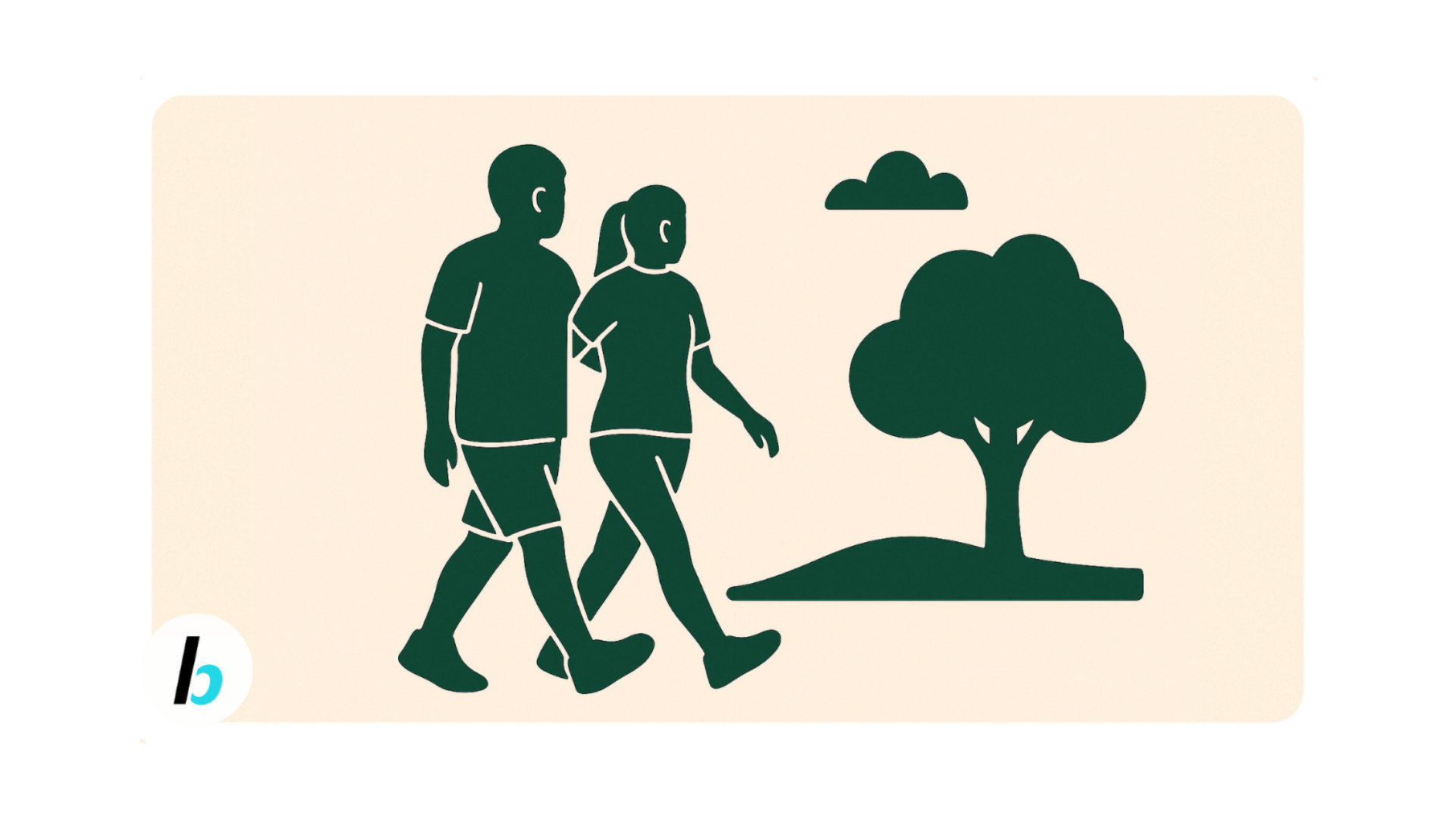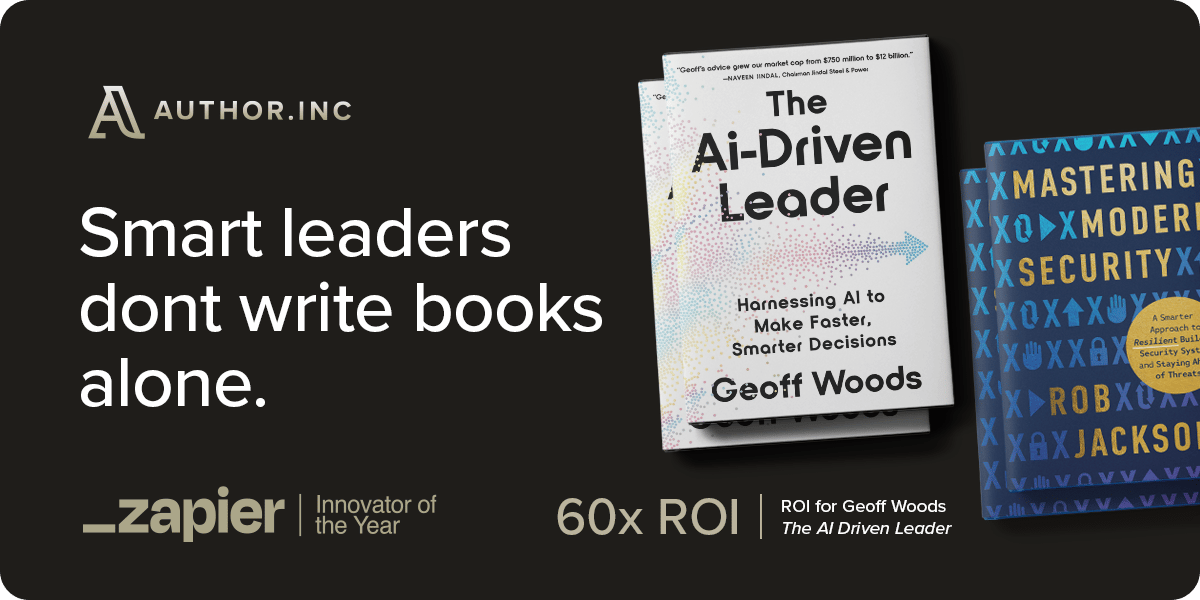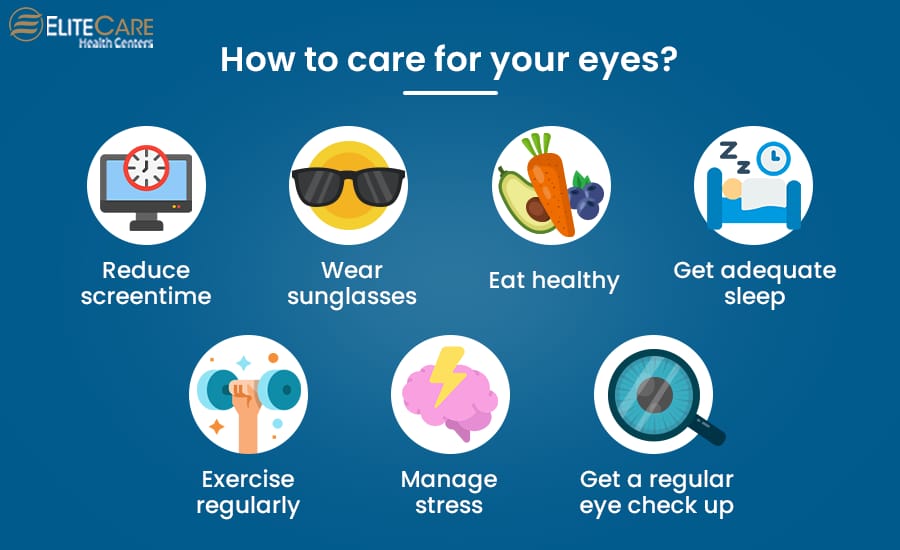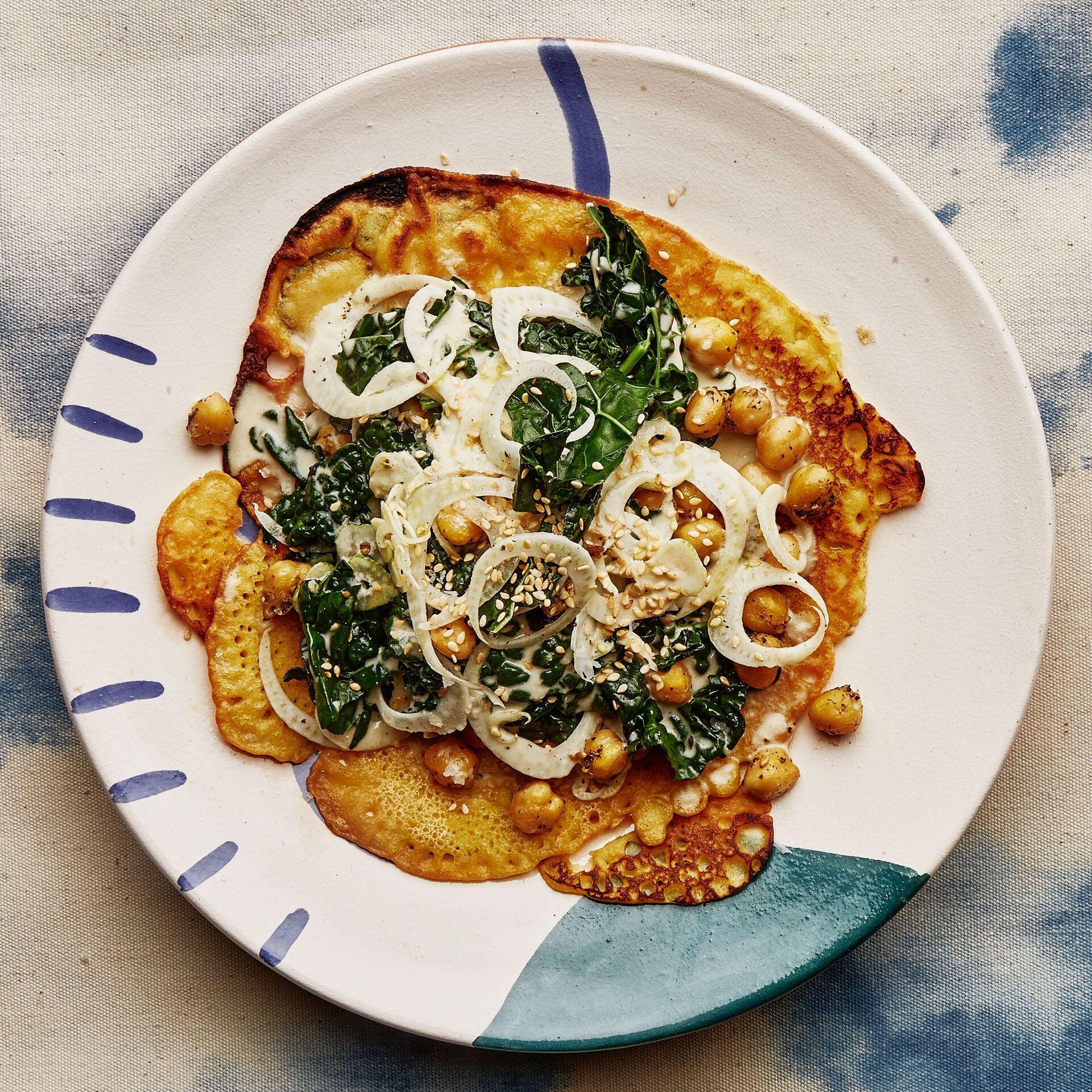Hey fitness nerds!
Thank you all {{active_subscriber_count}} of you!
I train alone most mornings, but my weekly running group keeps me sane.
Those connections matter more than I realised. Social health equals physical health.
Read 🔽 below!
🧑🤝🧑
IN LESS THAN 10 MINUTES WE WILL COVER:
Weekly Insights:
Loneliness as a Health Crisis: Why Social Connection Matters at Any Age
Article Explained Simple: Impact of Working from Home on Cardiovascular Health
3 Ways to Protect Eye Health as You Age
Healthy Roasted Vegetable and Chickpea Pancake with Savoury Yoghurt Drizzle Recipe
Loneliness as a Health Crisis: Why Social Connection Matters at Any Age

Social isolation kills people at rates matching smoking 15 cigarettes daily.
This statement sounds dramatic. The research confirms it. Loneliness increases your risk of premature death by 29 %.
Your body responds to social isolation as a physical threat. Stress hormones surge. Inflammation increases. Blood pressure rises. These changes happen whether you live alone or simply feel alone.
The distinction matters.
Social isolation means lacking social contact. You have few relationships or rarely see people. Loneliness describes feeling alone despite having relationships. Both conditions independently damage cardiovascular health.
Studies tracking tens of thousands of people for decades reveal consistent patterns. Lonely individuals face 29 % higher risk of heart disease and 32 % higher stroke risk.
These numbers rival established risk factors like obesity and high blood pressure.
The mechanism starts in your brain. Perceived isolation triggers your hypothalamic pituitary adrenal axis. This system controls your stress response. Chronic activation floods your body with cortisol.
Elevated cortisol damages blood vessels and promotes inflammation.
Your sympathetic nervous system also activates. Heart rate increases. Blood pressure climbs. These changes help during acute stress. They destroy health when sustained for months or years.
Lonely people show measurably higher blood pressure than socially connected individuals. The difference averages 3.7 millimetres of mercury at baseline. This gap widens over time, increasing by 2.3 millimeters annually.
This blood pressure increase alone significantly raises heart attack and stroke risk.
Inflammation provides another pathway from loneliness to disease. Social isolation increases production of inflammatory cytokines. These molecules promote atherosclerosis, the buildup of plaque in arteries.
The effect compounds over time. Chronic inflammation damages arterial walls. This damage creates sites where cholesterol accumulates. Plaques grow. Blood flow restricts. Heart attacks and strokes follow.
Behavioural changes amplify the direct biological effects.
Lonely people exercise less frequently. They eat worse diets. Sleep quality declines. Smoking and alcohol use increase. These behaviours create additional cardiovascular risk on top of the physiological damage.
The age relationship surprises most people. Older adults experience the highest rates of social isolation. Younger adults report more loneliness. Both groups suffer health consequences.
Recent data shows loneliness increasing yearly among young adults over the past 40 years. This trend suggests future cardiovascular disease rates may climb as these individuals age.
Women and men face different patterns. Women report loneliness more frequently. Men experience worse health outcomes from equivalent loneliness levels. The reasons remain unclear but likely involve differences in coping strategies and social support seeking.
The cardiovascular effects begin appearing years before disease manifests.
Studies show blood pressure changes and inflammation markers elevated in lonely young adults. These early changes predict later heart problems. Prevention must start early.
The dose response relationship matters. More severe loneliness creates greater risk. Persistent loneliness over years causes more damage than temporary isolation. The duration and intensity both contribute.
Social connection acts as a protective factor. Strong relationships increase survival likelihood by 50 % compared to weak relationships. Quality matters more than quantity.
You need meaningful connections, not just acquaintances.
Three close friendships provide more protection than dozens of casual contacts.
The modern world creates loneliness despite constant digital connection. Social media use correlates with increased loneliness in many studies. Virtual interaction cannot replace face to face contact for health benefits.
Physical proximity during interactions triggers different biological responses. In person conversation reduces cortisol more effectively than phone or video calls. The human body evolved expecting physical presence.
Addressing loneliness requires deliberate action. Join groups aligned with your interests. Volunteer regularly. Attend fitness classes. These activities create repeated exposure to the same people.
Consistency matters. Seeing the same individuals weekly allows relationships to develop. Depth emerges from repeated interaction over time.
Smart leaders don’t write books alone.

You built your business with a team. Your book should be no different.
Author.Inc helps founders and executives turn their ideas into world-class books that build revenue, reputation, and reach.
Their team – the same people behind projects with Tim Ferriss and Codie Sanchez – knows how to turn your expertise into something that moves markets.
Schedule a complimentary 15-minute call with Author.Inc’s co-founder to map out your Book Blueprint to identify your audience, angles, and ROI.
Do this before you commit a cent, or sentence. If it’s a go, they’ll show you how to write and publish it at a world-class level.
If it’s a wait, you just avoided wasting time and money.

Fitness and health enthusiasts - We have a lot of things in store for you!
Check out busybody.io - and join the waitlist for our brand-new AI health app.
Article of the Week
Article Explained Simple: Impact of Working from Home on Cardiovascular Health
Studies show that working from home increases sedentary behaviour dramatically. People working remotely sit an average of 10.6 hours daily.
This sitting time threshold significantly increases heart failure and cardiovascular death risk. The association persists even among people meeting exercise guidelines of 150 minutes weekly.
Multiple surveys found 41 to 46 % of remote workers gained weight during work from home periods. The weight gain showed a dose response relationship with more days working from home.
Sedentary work time already linked to higher body mass index before the pandemic. Remote work amplified this effect by eliminating commute walking and office movement.
Physical inactivity from prolonged sitting increases obesity and hypertension, both major cardiovascular risk factors.
Psychological stress from work from home also contributes. Studies found increased anxiety and depression among remote workers. These mental health changes independently raise cardiovascular disease risk.
The combination of increased sitting, weight gain, and psychological distress creates a perfect storm for heart problems. Many remote workers also reported worse sleep quality and increased alcohol consumption.
Fascinating Fact:
Replacing just 30 minutes of daily sedentary time with light physical activity associates with a 16 % lower risk of cardiovascular mortality. Small movement changes throughout the workday significantly reduce the harm from prolonged sitting.
We have a new 1 referral reward for all of you. This one has made my life 12 times easier and significantly improved my health. Best thing, it saves me $227 each month.
Turn AI Into Your Income Stream
The AI economy is booming, and smart entrepreneurs are already profiting. Subscribe to Mindstream and get instant access to 200+ proven strategies to monetize AI tools like ChatGPT, Midjourney, and more. From content creation to automation services, discover actionable ways to build your AI-powered income. No coding required, just practical strategies that work.
3 Ways to Protect Eye Health as You Age
Your eyes deteriorate with age, but three simple habits dramatically slow the decline.
Start these practices now for better vision decades later.

Limit Screen Time and Use the 20-20-20 Rule
Every 20 minutes of screen use, look at something 20 feet away for 20 seconds. This breaks eye strain and reduces digital eye fatigue.
Blue light from screens disrupts sleep and may damage retinal cells over time. Use blue light filters after sunset. Position screens slightly below eye level at arm's length distance.
Take regular screen breaks. Your blink rate drops by 60 % during screen use. This causes dry eyes and irritation.
Spend Time Outdoors Daily
Natural light exposure protects against myopia development and progression. Aim for 2 hours of outdoor time daily when possible.
Outdoor time matters more than the activity. Walking, sitting, or exercising all provide benefits. The key factor is exposure to bright natural light.
Sunglasses protect against UV damage that causes cataracts. Wear them during peak sunlight hours. Look for lenses blocking 100 % of UVA and UVB rays.
Eat Foods Rich in Lutein and Zeaxanthin
These carotenoids concentrate in your retina and protect against age related macular degeneration. Leafy greens contain the highest amounts.
Eat spinach, kale, or collard greens daily. Egg yolks also provide these nutrients in highly absorbable forms. Just one serving of leafy greens daily reduces macular degeneration risk by 20 %.
Omega 3 fatty acids from fish support retinal health and reduce dry eye symptoms. Aim for two servings of fatty fish weekly.
Healthy Roasted Vegetable and Chickpea Pancake with Savoury Yoghurt Drizzle Recipe (makes 4 servings)
This savory pancake works for any meal. The chickpea flour provides complete protein while vegetables add fiber and nutrients.
I make these Sunday and reheat throughout the week for quick meals.
This recipe was created in 2 minutes with the BusyBody App. Click the button for free access to the app.

Macros per Serving
Total Calories: 285 kcal
Protein: 16 g
Carbohydrates: 38 g
Sugars: 8 g
Fat: 8 g
The Ingredients
For the pancake:
180 grams chickpea flour (about 1.5 cups)
360 milliliters water (about 1.5 cups)
1 teaspoon baking powder
1/2 teaspoon salt
1/2 teaspoon cumin
1/4 teaspoon black pepper
200 grams mixed vegetables, diced small (zucchini, bell peppers, onions)
2 tablespoons olive oil
For the yogurt drizzle:
120 grams plain Greek yogurt (about 1/2 cup)
1 tablespoon lemon juice
1 clove garlic, minced
1 tablespoon fresh dill or parsley, chopped
Salt to taste
The Instructions
Preheat oven to 400 degrees F. Line a baking sheet with parchment paper.
Whisk chickpea flour, water, baking powder, salt, cumin, and pepper in a large bowl until completely smooth. Let batter rest for 10 minutes.
Toss diced vegetables with 1 tablespoon olive oil. Spread on baking sheet and roast for 15 minutes until softened and slightly charred.
Stir roasted vegetables into the chickpea batter. Mix well to distribute evenly.
Heat remaining olive oil in a large oven safe skillet over medium heat. Pour all the batter into the skillet and spread evenly.
Cook on stovetop for 5 minutes until bottom sets and edges start to firm up.
Transfer skillet to oven. Bake for 20 to 25 minutes until top is golden and center is set. A knife inserted in the center should come out clean.
While pancake bakes, mix Greek yoghurt, lemon juice, garlic, herbs, and salt in a small bowl. Add water one teaspoon at a time if too thick for drizzling.
Let pancake cool for 5 minutes before slicing into wedges. Drizzle yoghurt sauce over each serving.
Serve warm or at room temperature. Store leftovers in the fridge for up to 4 days.
Learn AI in 5 minutes a day
What’s the secret to staying ahead of the curve in the world of AI? Information. Luckily, you can join 1,000,000+ early adopters reading The Rundown AI — the free newsletter that makes you smarter on AI with just a 5-minute read per day.
Make your dream of working online a reality and start a newsletter - join beehiiv for free and don’t pay any renewal fees until you grow your subscriber base >2500 subscribers.
I’ve personally tried plenty of other platforms, and Beehiiv is hands down the best and easiest to use.



